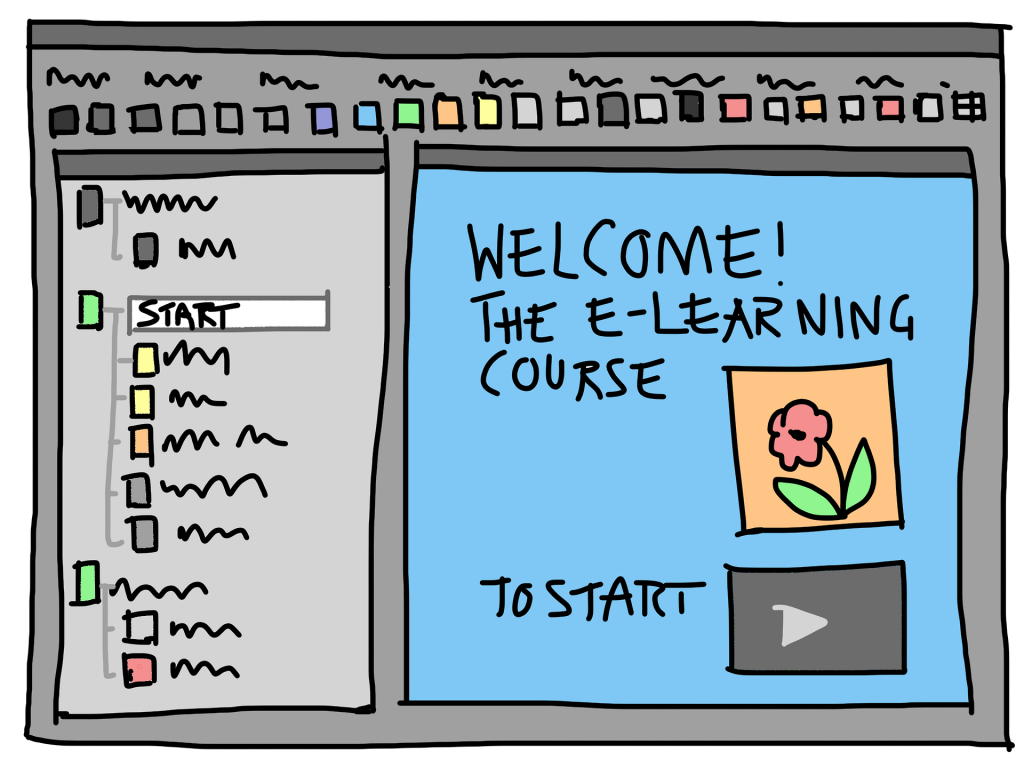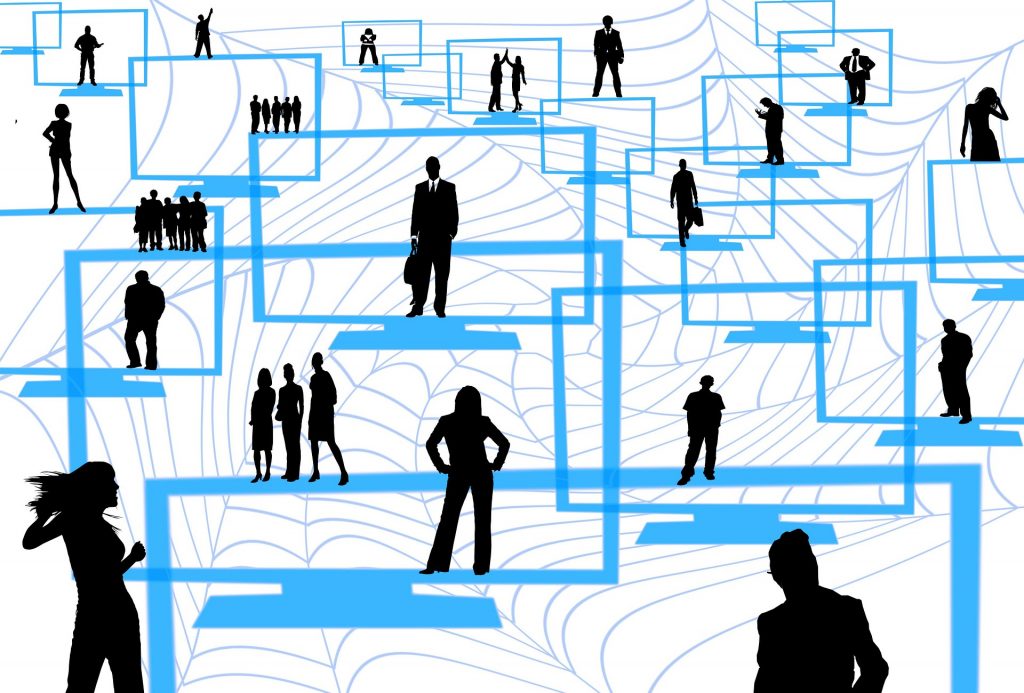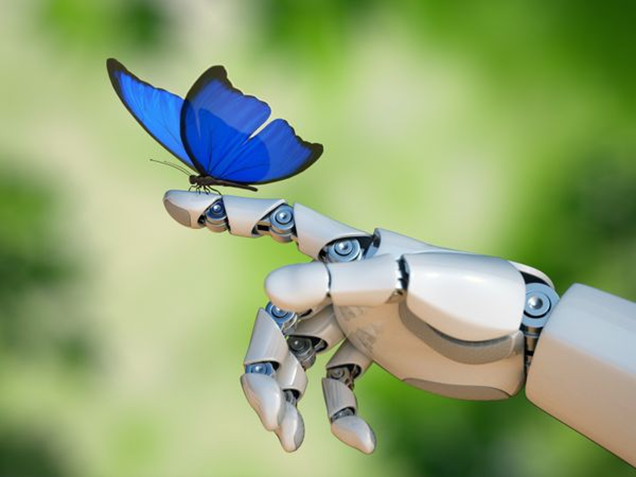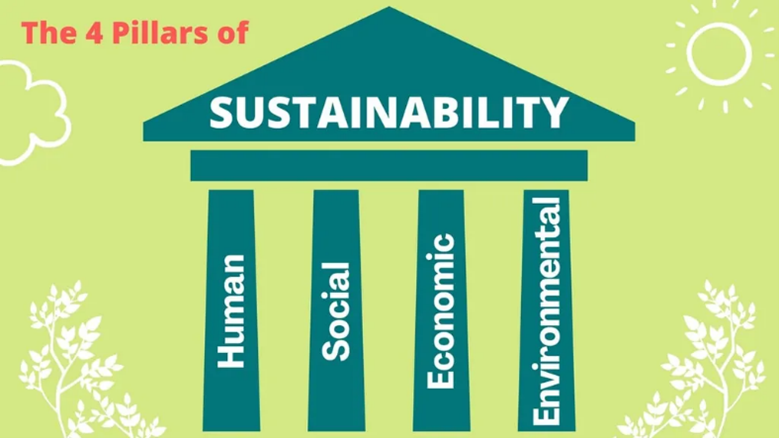
Sustainable learning in digital way
We are often talking about how to teach sustainability, circular economy or any subject related to the environment and efficiency. At the same time, we forget to think about our ways and methods of teaching. In the Train to Sustain-project we are also considering options on how to make our materials, content and resources as reusable and shareable as possible. The aim is to provide materials available in a digital format so that those are not needed to be printed or brought out from digital platform.
How digital tools and applications help us to improve sustainability? With digital tools and materials, we improve possibilities to offer training, which is not depending on any specific place or time. The students and teachers have access to files anywhere at anytime which means content could be updatable at any time with cloud services. No more printing new books yearly and no need to worry about consuming distribution methods. But… this is just one reason and the most obvious one.

By the digital platform we can share quizzes, assignment, guides, videos and any combinations of these. In our Train to Sustain-project we are planning to share our materials by using Microsoft Sway, H5P interactive tools and other easily embeddable and reusable tools. By using these tools, we ensure that the material is not only reusable but also modifiable. You will see that our materials are easily copied to your own systems. The materials are exportable to other formats, and you do not need to print out paper copies. Assignments and activities are embeddable or able to copy to your LMS or systems and that way you can save time and effort to redesign materials again to be produced.

Sustainable teaching and learning need continuous development of methods to transform traditional methods to more efficient and reusable format. Handwriting and traditional studying skills are essential skills, but digital writing skills and digital learning skills are equally important. Sustainable learning requires good digital competencies and the best way to ensure those skills for students is to provide sustainable digital teaching.

This does not mean only transforming materials to digital format but also transforming physical activities to benefit from digital tools. If we keep notes during an activity with pen and paper, could we document progress with phones or other tools? Could we present instructions in digital format to phones via LMS or even via video services, and some other groups could reuse it? The key is that we should increasingly avoid using our time to recreate activities and we develop our teaching skills instead, to find and combine existing materials to support learning. That is a way to provide sustainable teaching and learning. In this way we also try to support you to reuse instead of recreating activities.

Digital tools and methods also provide an easy way to produce materials to support students. We might have SEN students or students who have different ways to learn. We can provide immersive readers, translation tools, dictation tools and video tools to support various ways to produce learning outcomes. We can support more efficiently and individually by using less resources.

When we are talking about efficiency and sustainability in teaching, the most valuable time is the presence of the teacher or instructor. Sustainable teaching methods helps you to concentrate to provide your support to learners instead of using time to create materials and any management work. It is not yet possible that AI or robots are able to provide similar human touch. Those can help you to work and what is the most important, you are able to use the most valuable skills in the most efficient way. You can automate many of your daily tasks and learning activities, but you cannot replace your personality and personal efforts.

I am always asking from myself what is the most important digital skill I need to learn. The most important skill is to learn to be me in a digital platform. I can copy and replicate learning activities and learn from others, but the most valuable skills are to learn to be present, observe and listen. If we can help you with this project to concentrate to think about how to teach instead of how to create materials, we have succeeded. Sustainable learning in a digital way is about using the most valuable skills and resources you have as well as possible.

Article by:

Vesajoona Salonen
Project Expert, Omnia, The Joint Authority of Education in the Espoo Region
Senior Lecturer and e-learning developer, Haaga-Helia University of Applied Sciences
Email: vesajoona.salonen@omnia.fi
LinkedIn: https://www.linkedin.com/in/riikosalonen



